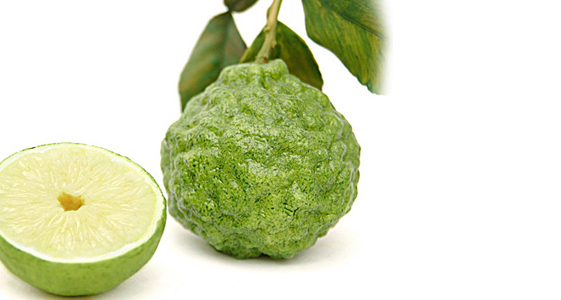
 The citron is a large fragrant citrus fruit with a thick rind, botanically classified as Citrus medica by both the Swingle and Tanaka botanical name systems.
It is one of the four original citrus fruits (the others being pummelo, mandarine and papeda),
from which most other citrus types developed through natural hybrid speciation or artificial hybridization.
The citron is a large fragrant citrus fruit with a thick rind, botanically classified as Citrus medica by both the Swingle and Tanaka botanical name systems.
It is one of the four original citrus fruits (the others being pummelo, mandarine and papeda),
from which most other citrus types developed through natural hybrid speciation or artificial hybridization.
The citron fruit is usually ovate or oblong, narrowing towards the stylar end. However, the citron's fruit shape is highly variable, due to the large quantity of albedo, which forms independently according to the fruits' position on the tree, twig orientation, and many other factors. The rind is leathery, furrowed, and adherent. The inner portion is thick, white and hard; the outer is uniformly thin and very fragrant. The pulp is usually acidic, but also can be sweet, and even pulpless varieties are found.
Most citron varieties contain a large number of monoembryonic seeds. They are white, with dark innercoats and red-purplish chalazal spots for the acidic varieties, and colorless for the sweet ones. Some citron varieties are also distinct, having persistent styles, that do not fall off after fecundation. Those are usually promoted for etrog use.
Some citrons have medium-sized oil bubbles at the outer surface, medially distant to each other. Some varieties are ribbed and faintly warted on the outer surface. There is also a fingered citron variety called Buddha's hand.
The color varies from green, when unripe, to a yellow-orange when overripe. The citron does not fall off the tree and can reach 8–10 pounds (4–5 kg) if not picked before fully mature.[13] However, they should be picked before the winter, as the branches might bend or break to the ground, and may cause numerous fungal diseases for the tree.
Citrus fruits have long been valued as part of a nutritious and tasty diet. The flavours provided by citrus are among the most preferred in the world, and it is increasingly evident that citrus not only tastes good, but is also good for people. It is well established that citrus and citrus products are a rich source of vitamins, minerals and dietary fibre (non-starch polysaccharides) that are essential for normal growth and development and overall nutritional well-being. However, it is now beginning to be appreciated that these and other biologically active, non-nutrient compounds found in citrus and other plants (phytochemicals) can also help to reduce the risk of many chronic diseases. Where appropriate, dietary guidelines and recommendations that encourage the consumption of citrus fruit and their products can lead to widespread nutritional benefits across the population. Citrus is most commonly thought of as a good source of vitamin C. However, like most other whole foods, citrus fruits also contain an impressive list of other essential nutrients, including both glycaemic and non-glycaemic carbohydrate (sugars and fibre), potassium, folate, calcium, thiamin, niacin, vitamin B6, phosphorus, magnesium, copper, riboflavin, pantothenic acid and a variety of phytochemicals. In addition, citrus contains no fat or sodium and, being a plant food, no cholesterol.
Northeast India: Meghalaya, Himachal Pradesh
Dry and arid conditions coupled with well defined summer having low rainfall (ranging from 75cm to 250 cm) are most favourable for the growth of the crop. High humidity favours spread of many diseases.